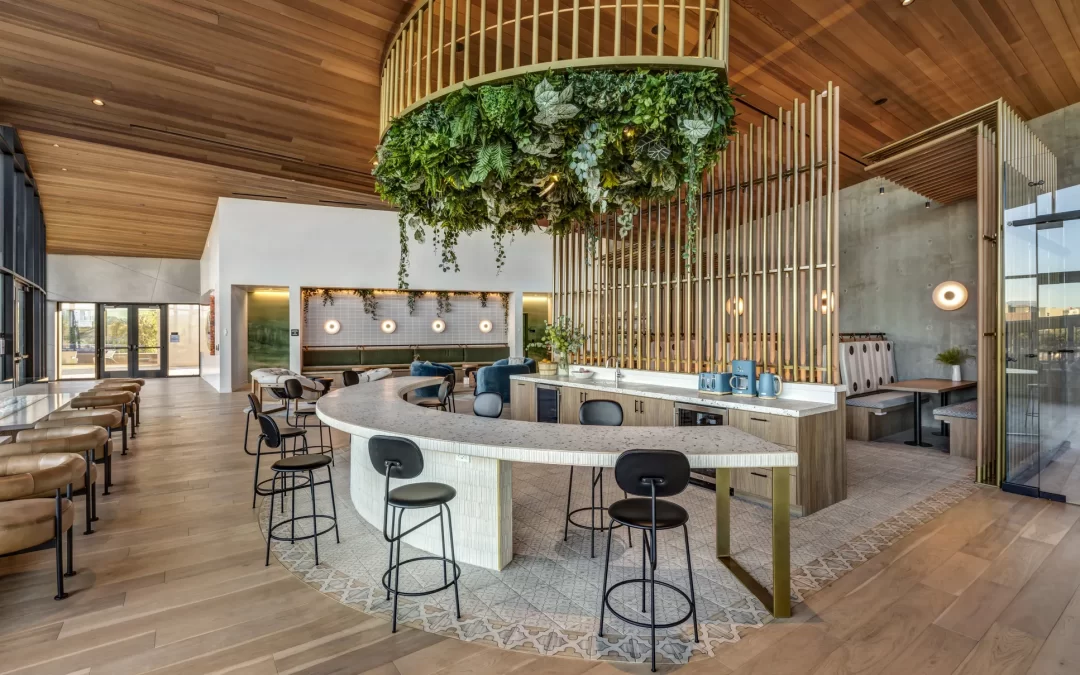Recycling Station Design Public
Recycling station design for public spaces is a crucial aspect of creating sustainable environments. It involves the thoughtful integration of recycling bins and stations into public areas, ensuring they are functional, accessible, and visually appealing. This design approach not only promotes environmental responsibility but also enhances the user experience and aligns with broader branding and interior design goals.
Definition and Purpose
Recycling station design focuses on the strategic placement and aesthetic integration of recycling bins in public spaces such as parks, offices, malls, and streets. The primary purpose is to encourage proper waste disposal, reduce contamination, and make recycling convenient for users. A well-designed recycling station can also serve as a branding tool, reflecting an organization’s commitment to sustainability.
Key Principles of Recycling Station Design
-
Accessibility:
Stations should be easily accessible to all users, including those with disabilities. This includes appropriate height, clear labeling, and proximity to high-traffic areas. -
Visibility:
Recycling stations should be prominently placed and visually distinct to attract attention and ensure they are noticed by users. -
User-Friendly Design:
Simplify the recycling process by using intuitive designs, clear instructions, and multiple compartments for different types of waste. -
Aesthetic Integration:
Recycling stations should blend seamlessly with their surroundings while maintaining a distinct identity. This can be achieved through color coordination, material selection, and custom branding. -
Durability and Maintenance:
Public recycling stations must be made from durable materials that withstand weather conditions and heavy use. Regular maintenance ensures they remain functional and clean. -
Educational Value:
Incorporate signage or graphics that educate users about the importance of recycling and proper waste segregation.
Benefits of Thoughtful Recycling Station Design
-
Promotes Sustainability:
Encourages responsible waste disposal, reducing landfill waste and conserving resources. -
Enhances Public Spaces:
Well-designed stations contribute to the overall aesthetics of public areas, making them more inviting and clean. -
Supports Branding Efforts:
Custom recycling stations can reflect an organization’s commitment to sustainability, reinforcing its brand identity. -
Improves User Experience:
Easy-to-use stations enhance convenience for users, encouraging higher participation in recycling efforts. -
Community Engagement:
Acts as a tangible representation of a community’s or organization’s dedication to environmental stewardship.
Examples of Effective Recycling Station Design
-
Urban Parks:
Recycling stations in parks often feature weather-resistant materials, bright colors, and clear signage to blend with natural surroundings while standing out. -
Corporate Offices:
Office recycling stations can incorporate branding elements, such as company logos or mission statements, to align with corporate identity. -
Shopping Malls:
Stations in malls are designed to handle high volumes of waste and often include multimedia elements to engage shoppers. -
Public Streets:
Street-side recycling bins are compact, durable, and marked with universal symbols to cater to diverse audiences.
Tips for Designing Recycling Stations
-
Conduct a Needs Assessment:
Analyze the specific requirements of the space, including traffic patterns, waste types, and user demographics. -
Collaborate with Experts:
Work with interior designers, branding professionals, and sustainability consultants to create cohesive designs. -
Focus on Branding:
Use custom designs that align with the organization’s branding, such as incorporating logos, colors, and messaging. -
Test and Iterate:
Pilot the recycling stations in a small area to gather feedback and make improvements before full-scale implementation. -
Incorporate Technology:
Use smart bins with sensors to monitor waste levels and send alerts for timely collection.
Infographic Table: Key Elements of Recycling Station Design
| Element | Description | Example |
|---|---|---|
| Accessibility | Easy to use for all individuals, including children and those with disabilities. | Adjustable bin height and clear labels. |
| Visibility | Placement in high-traffic areas with distinct signage. | Brightly colored bins near entrances. |
| User-Friendly | Simplified design with clear instructions. | Separate compartments for paper, plastic, and glass. |
| Aesthetic Appeal | Integration with surroundings and branding elements. | Custom bins matching office decor. |
| Durability | Materials resistant to weather and heavy use. | Stainless steel or reinforced plastic. |
| Educational Value | Signage or graphics promoting recycling habits. | Infographic posters on bin exteriors. |
Conclusion
Recycling station design for public spaces is more than just placing bins in convenient locations. It’s about creating functional, visually appealing, and educational tools that promote sustainability and reflect the values of the organizations they represent. By focusing on accessibility, visibility, and branding, designers can transform recycling stations into impactful elements of public spaces, fostering environmental responsibility and enhancing user experience.



